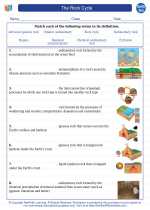Causes of Blizzards
Blizzards are typically caused by the collision of warm and cold air masses. When a cold air mass moves into an area, it can force warm, moist air to rise rapidly, creating intense snowfall. The strong winds associated with blizzards are usually the result of a steep pressure gradient between the advancing cold air and the retreating warm air.
Conditions for a Blizzard
For a snowstorm to be classified as a blizzard, it must meet certain criteria. The National Weather Service defines a blizzard as a storm with sustained or frequent winds of 35 miles per hour or more, accompanied by considerable falling or blowing snow, frequently reducing visibility to less than a quarter mile for three hours or more.
Impact of Blizzards
Blizzards can have significant impacts on transportation, infrastructure, and public safety. High winds and heavy snowfall can lead to road closures, flight cancellations, and power outages. Additionally, the combination of cold temperatures and limited visibility can pose serious risks to human and animal life.
Staying Safe During a Blizzard
It's important to be prepared for a blizzard, especially if you live in an area prone to these storms. Some safety tips include stocking up on food, water, and emergency supplies, staying indoors during the storm, and avoiding travel unless absolutely necessary. It's also crucial to dress warmly and be mindful of the potential for frostbite and hypothermia.
Study Guide
- Describe the conditions necessary for a snowstorm to be classified as a blizzard.
- Explain the role of air masses in the formation of blizzards.
- Discuss the potential impacts of blizzards on transportation and public safety.
- List and explain safety measures that individuals can take to prepare for and stay safe during a blizzard.
- Research a historic blizzard event and present a summary of its impact on the affected region.
◂Earth Science Worksheets and Study Guides High School. The Rock Cycle
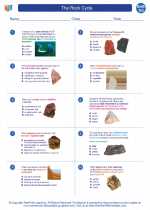
 Worksheet/Answer key
Worksheet/Answer key
 Worksheet/Answer key
Worksheet/Answer key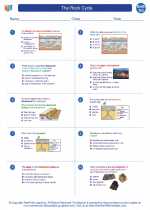
 Worksheet/Answer key
Worksheet/Answer key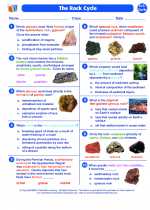
 Vocabulary/Answer key
Vocabulary/Answer key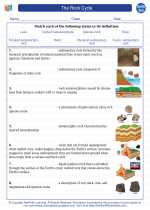
 Vocabulary/Answer key
Vocabulary/Answer key
 Vocabulary/Answer key
Vocabulary/Answer key